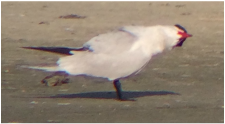Cape May has several species of shorebirds that use the area for nesting or as an important stopover for refueling along their long migratory journeys. The area is particularly well known for the high concentrations of Red Knots that depend on the Horseshoe Crabs that come to shore during the spring to lay their eggs. The greatest numbers of Horseshoe Crabs, and Red Knots, arrive in May. The Horseshoe Crab eggs will sustain the Red Knots during the remainder of their 9,300 mile journey to their breeding grounds in the Arctic. Yes, they fly 9,300 miles twice a year! In order to complete this journey, they need to gain a substantial amount of weight. To store as much fat as possible, their leg muscles and stomachs even shrink! They can travel 1,500 miles, or more, non-stop and by the time they arrive at a stopover site, they have lost most, if not all, of their fat reserves. When they arrive, they need a readily available food source that is easy to digest and can rebuild their fat reserves for the next part of the journey. It can take several days for them to build up the reserves they need to continue. Their migration needs to be timed with the Horseshoe Crabs laying their eggs in order for them to survive. Horseshoe Crabs used to be abundant, but a combination of loss of shoreline and over harvesting has put substantial pressure on their population. While coastal development and erosion has reduced the shoreline where they can lay their eggs, they are also used as bait for fishing and they are harvested for their blood, which is used to check the sterility of medical equipment. At one time, they were even harvested and used as fertilizer. Due to these pressures, their populations are decreasing rapidly and with them the populations of species that depend on them, like Red Knots and other shorebirds. The Red Knot population decreased by 50% between 1985 and 2003 and continues to decline. To learn more about Red Knots and Horseshoe Crabs, U.S. Fish & Wildlife, New Jersey Audubon, and Cornell All About Birds are good places to start. Sevenseas has a good article, too. Since this is such an important time for both the shorebirds and Horseshoe Crabs, the beaches are roped off and people are not allowed on them from May 7 to June 7 in order to minimize disturbance.
The Horseshoe Crabs and shorebirds concentrate around Delaware Bay, but its anyone's guess which beaches will hold the largest numbers at any given time. The best beaches to see the Horseshoe Crabs and Red Knots are Reed's Beach, Cook's Beach, Kimbles Beach, Pierce's Point, Norbury's Landing, and Villas. Audubon has a nice article and maps showing the beaches in New Jersey and along the eastern coast where you can see migrating Red Knots.
New Jersey Audubon hosts two festivals each year, one during spring migration (known for shorebirds) and one during fall migration (known for hawks). They are both held in Cape May and name of both is "So. Many. Birds." (which I love!). There are many great places to bird in Cape May and the festivals are a good way to get to know the area. In addition to the great birds there are a number of well-known birders who live in the area or arrive for the festivals and migrations. New Jersey Audubon does a great job of offering a number of walks and tours led by these experienced birders. Even if you are not participating in the festival, there are usually walks taking place that you can participate in for a small fee. Their calendar is the best resource, but there are flyers and posts about these events at the birding hotspots, too. While this post is not about the spring festival itself, it is about good places to see birds in the spring and the types of birds that you will see.
The weather was highly variable while we were there in mid-May of 2016. It quickly changed from warm and very pleasant the afternoon we arrived to rainy and cold the rest of the weekend, but the shorebirds were still there and that's what we had come to see. The first set of pictures were taken at various locations along Reed's Beach over a couple of days.
And who could resist finishing with a bunny surrounded by flowers in spring? Not me!

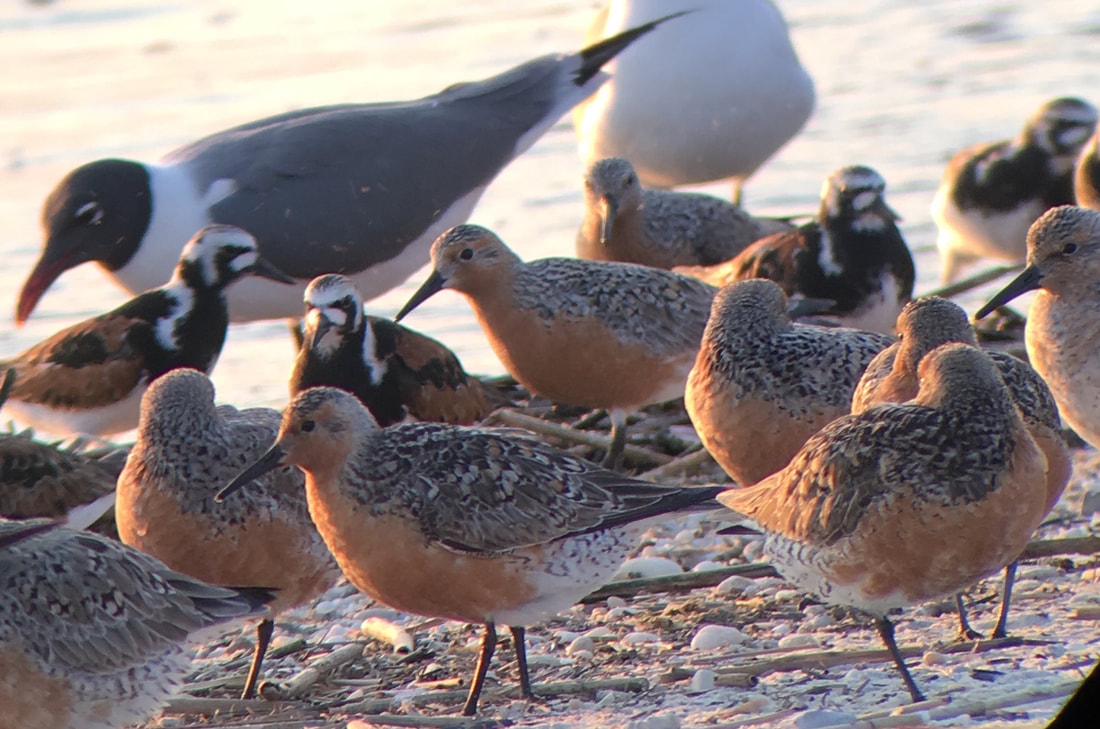
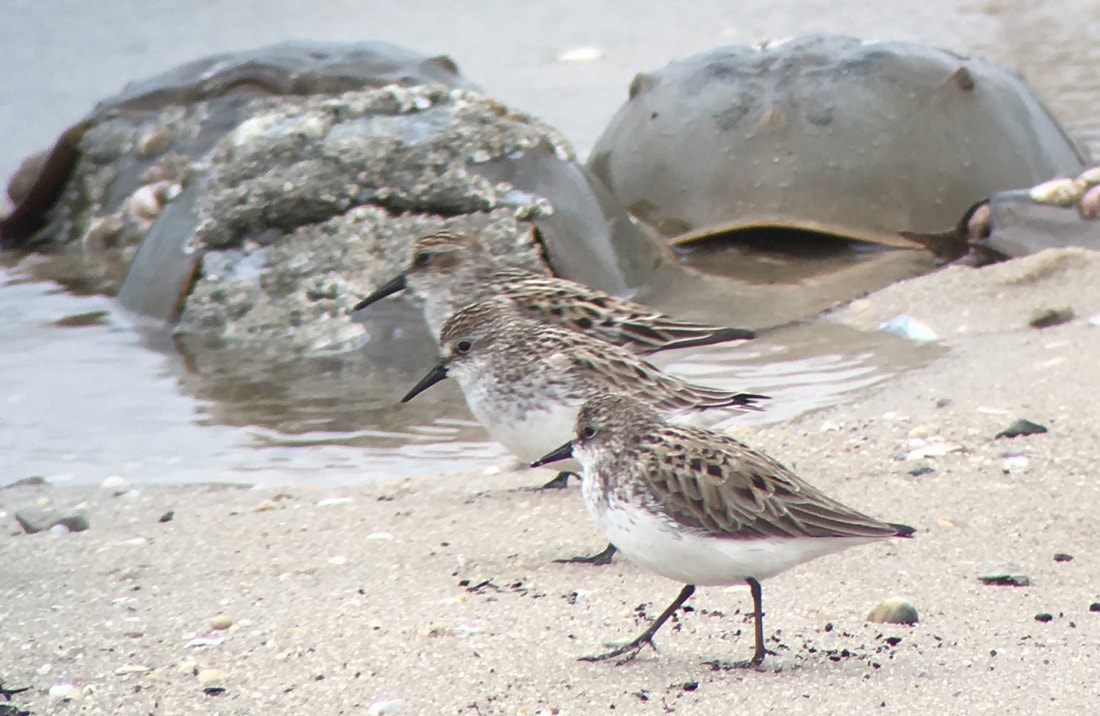
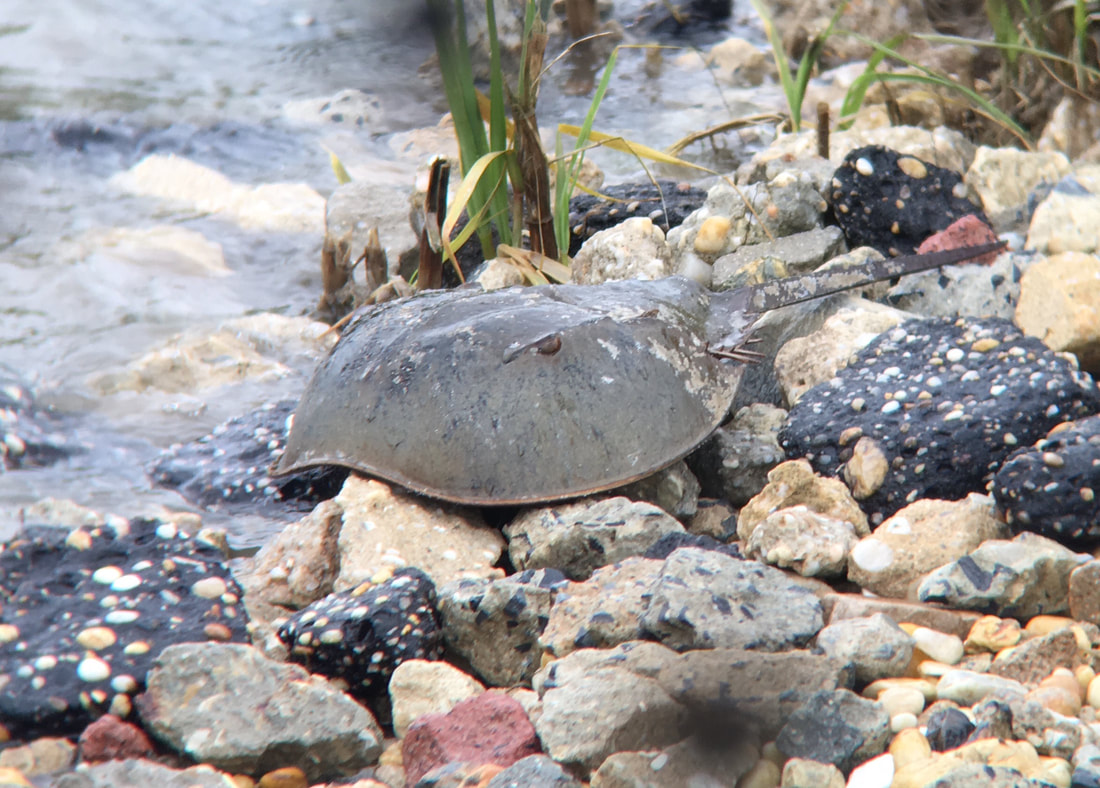
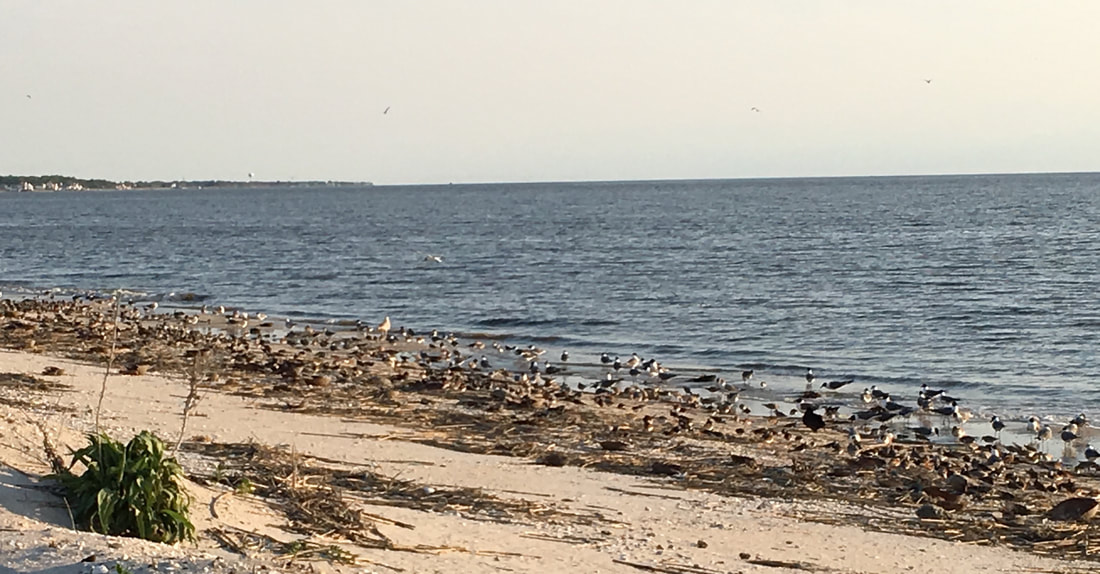
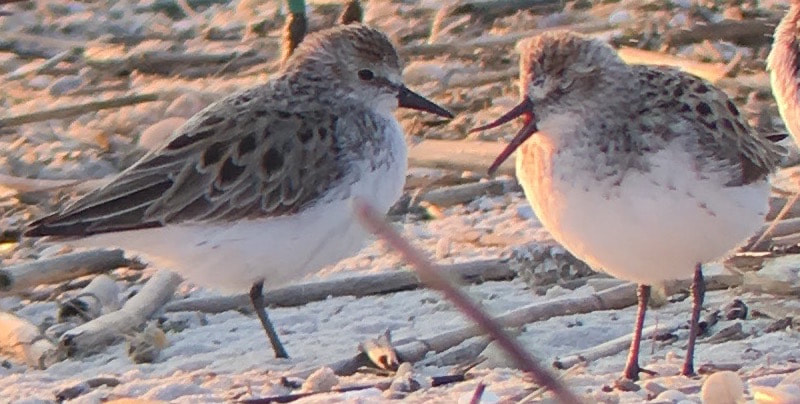

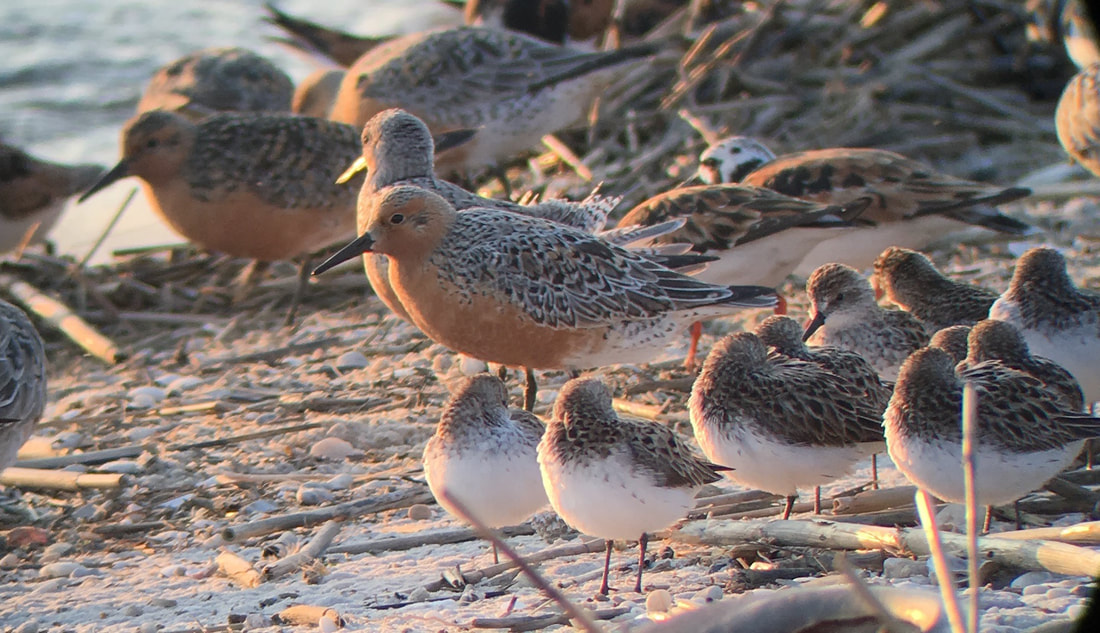
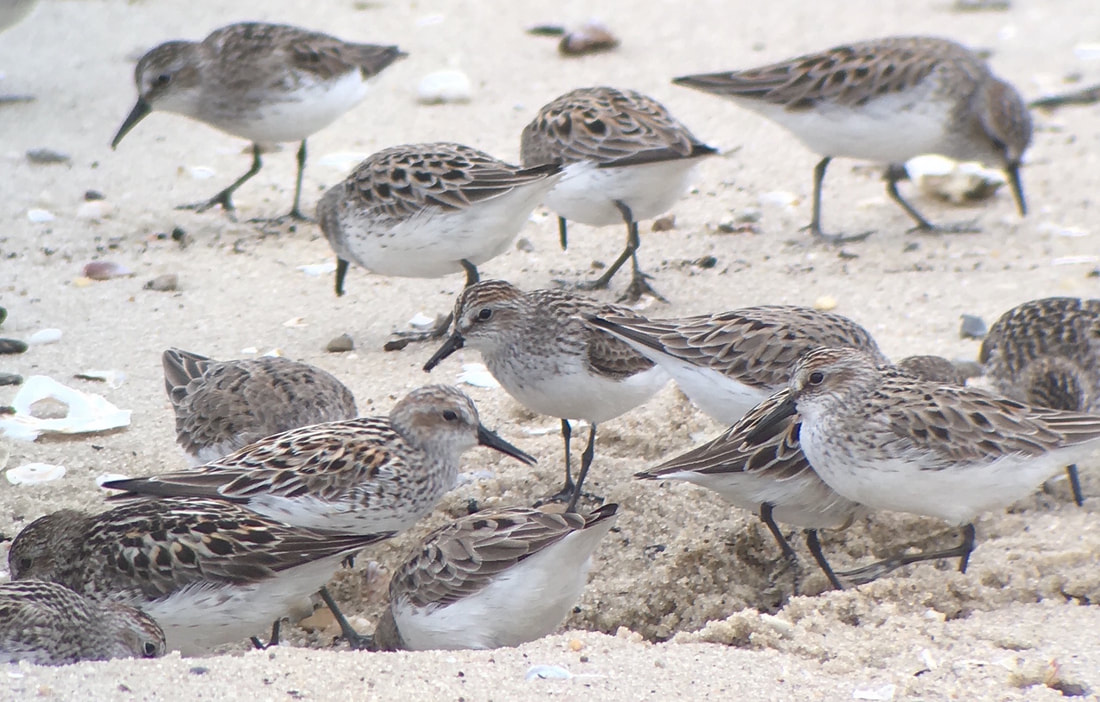

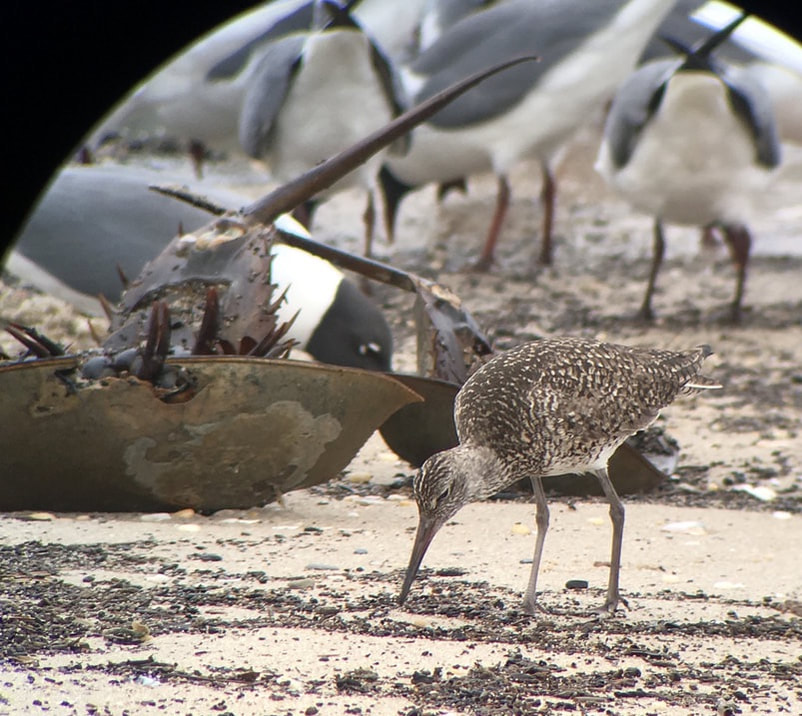
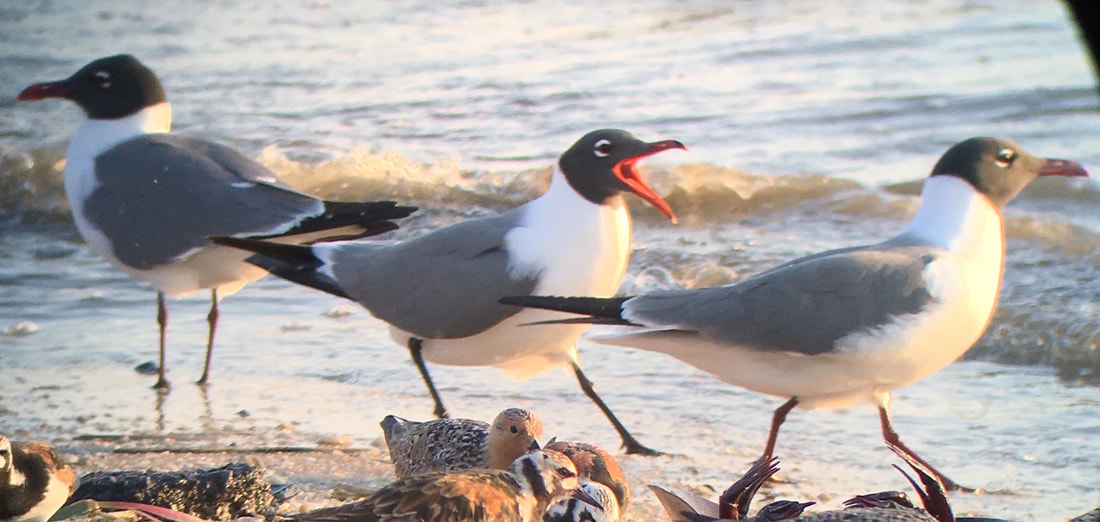
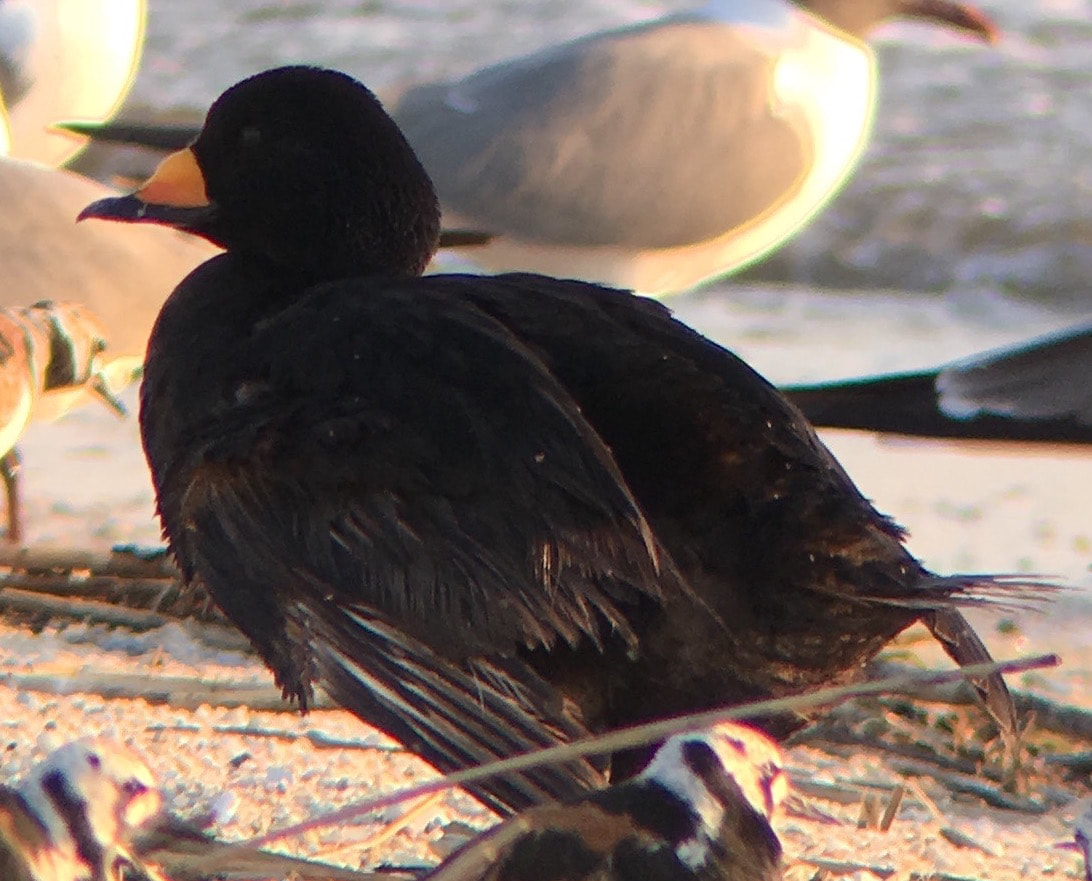
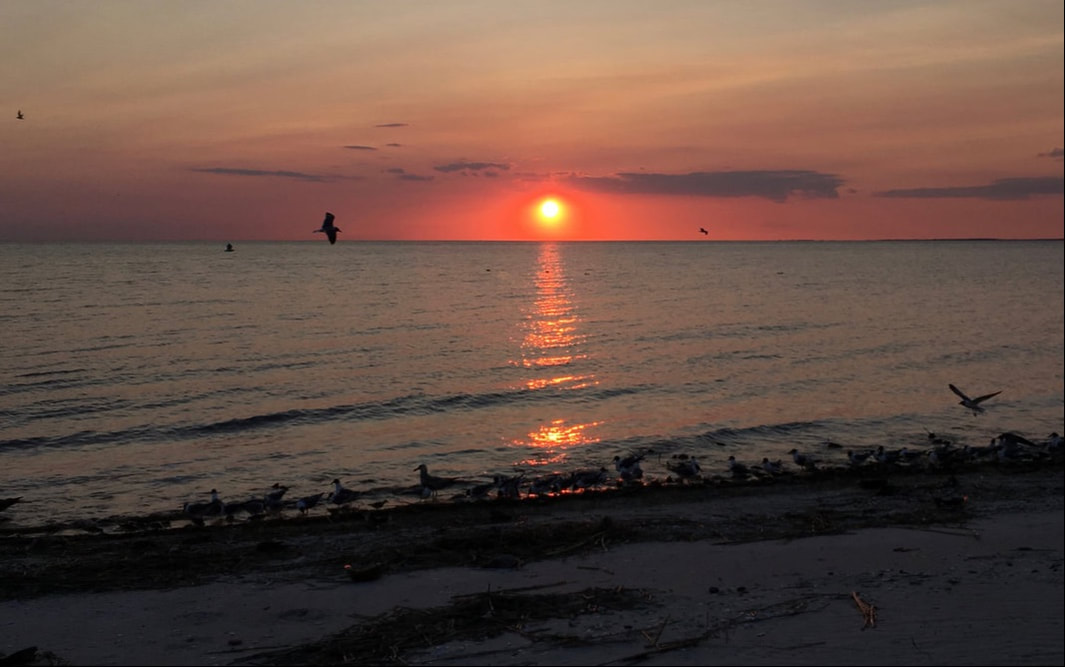
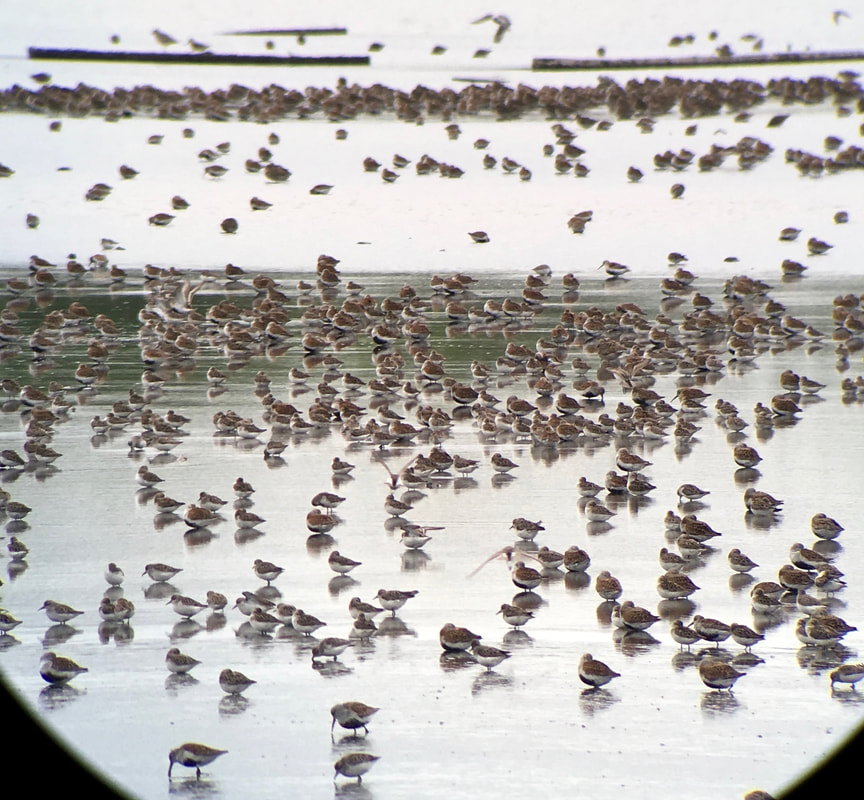
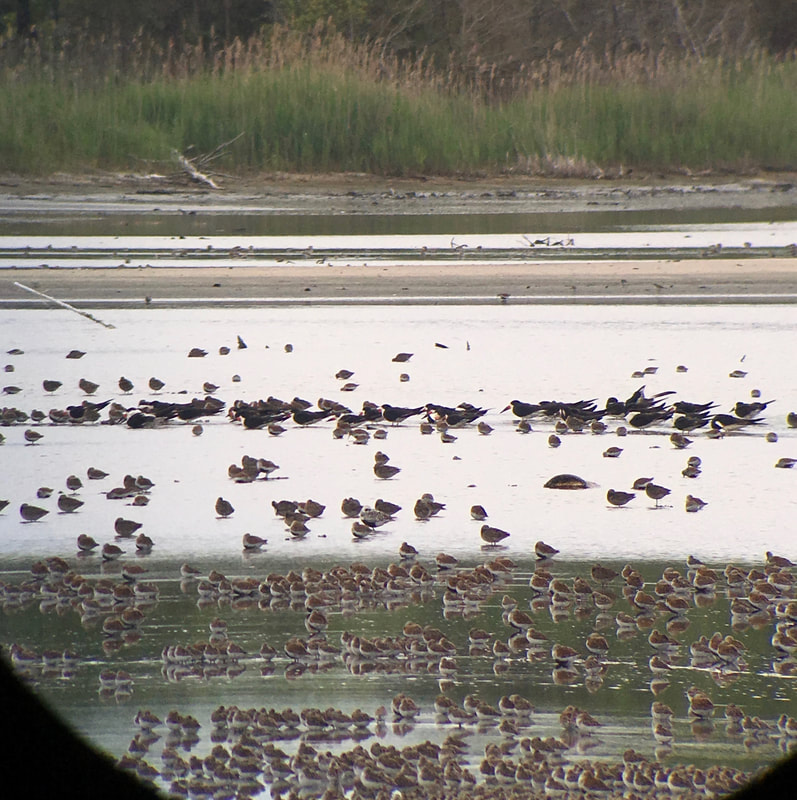
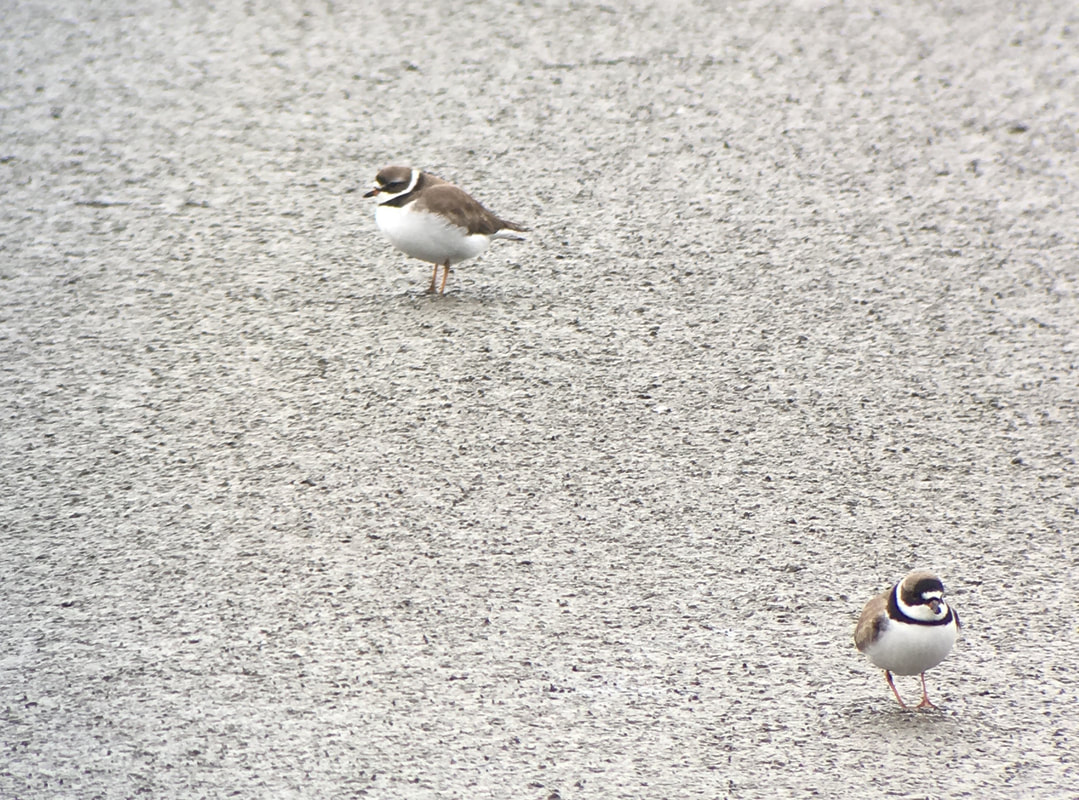
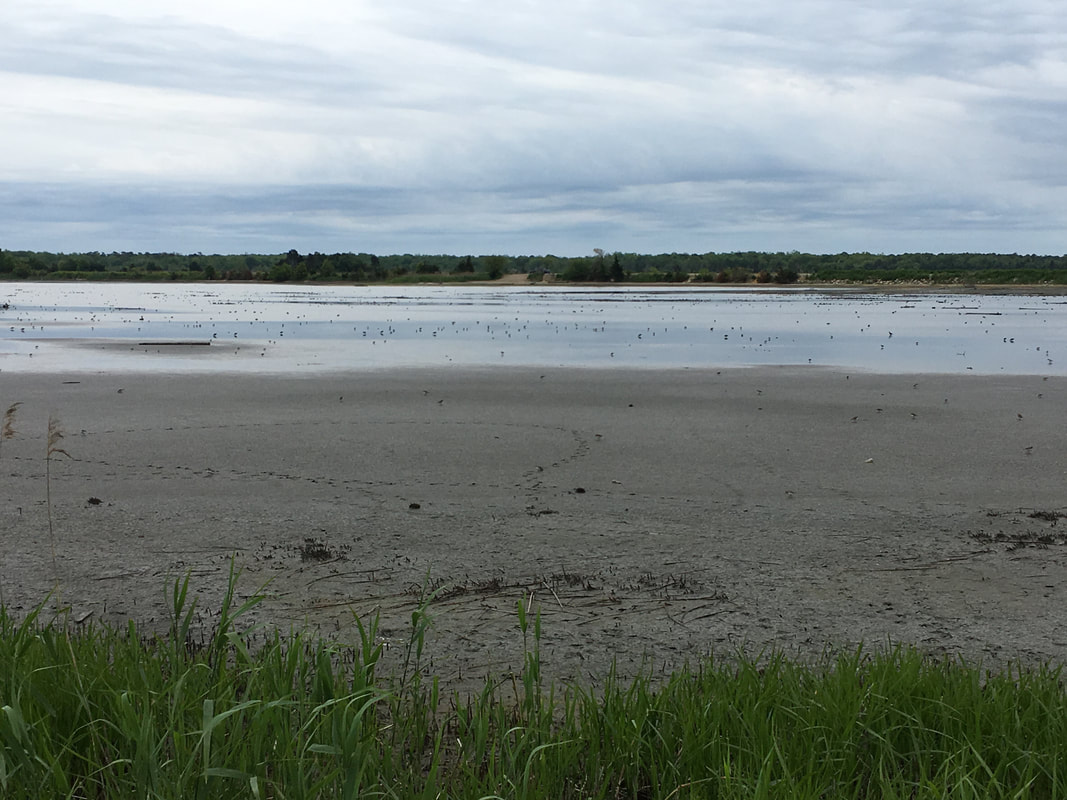

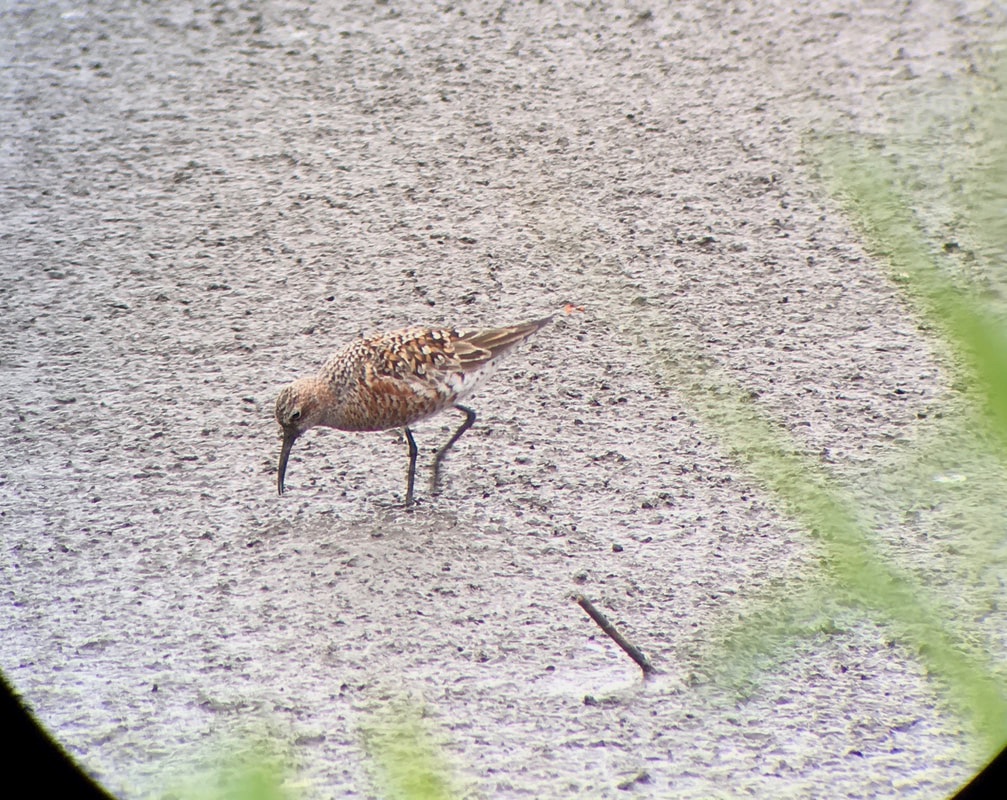

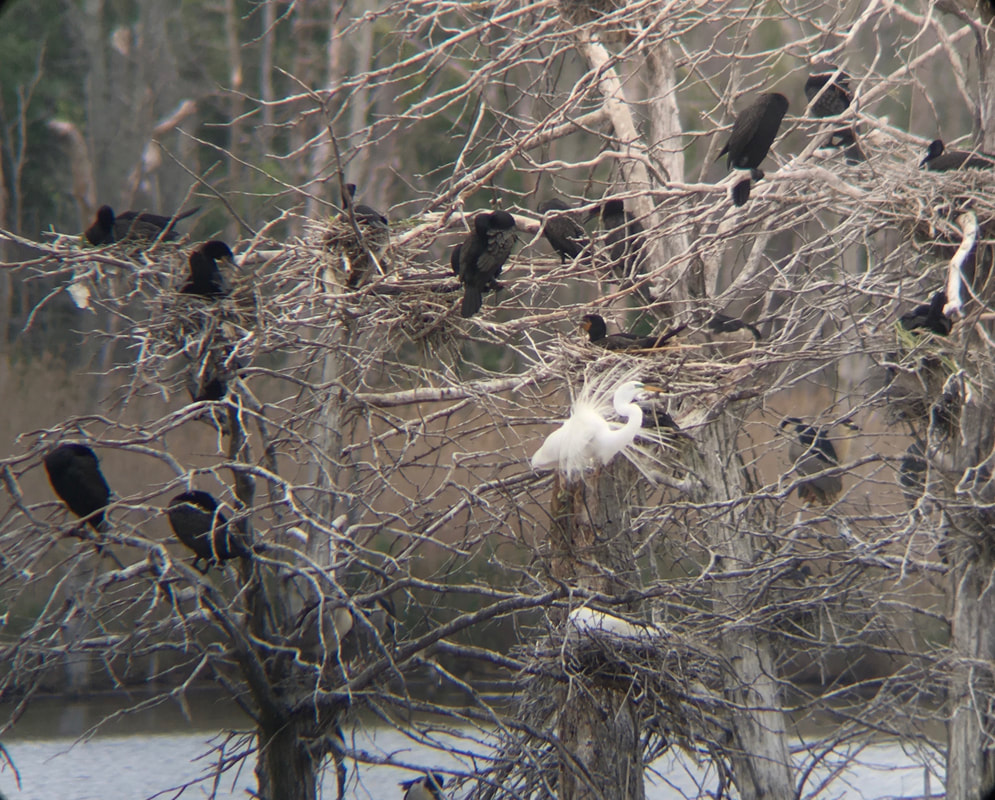
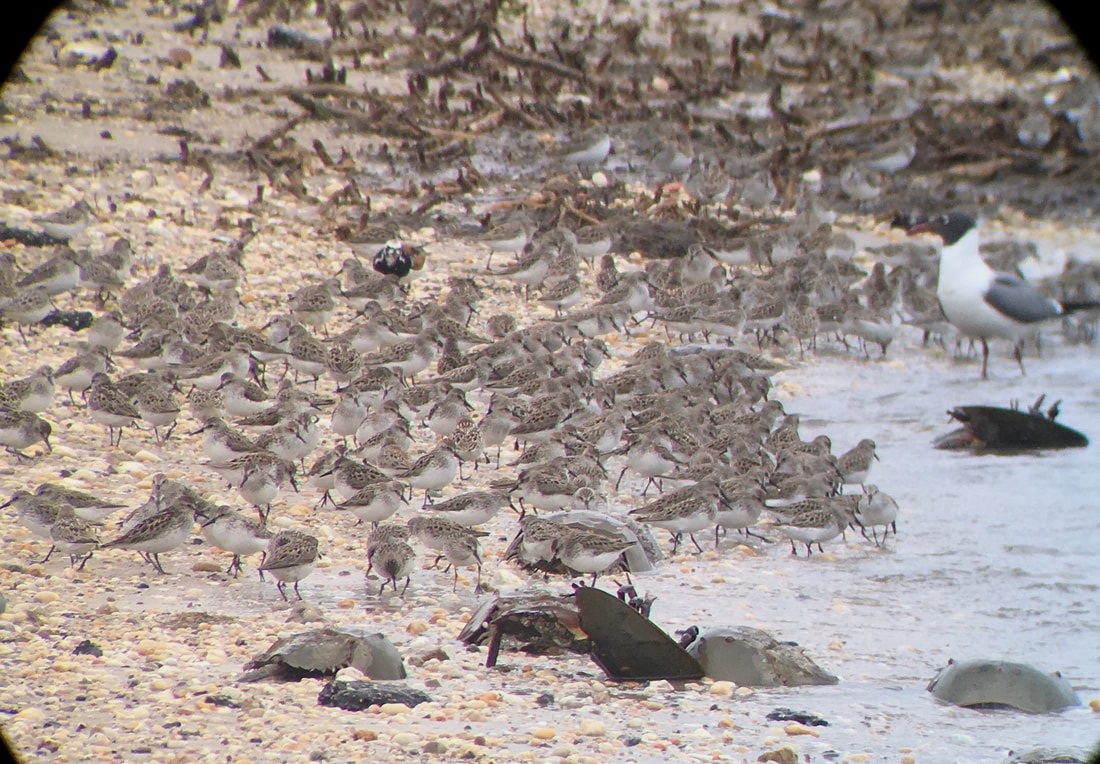
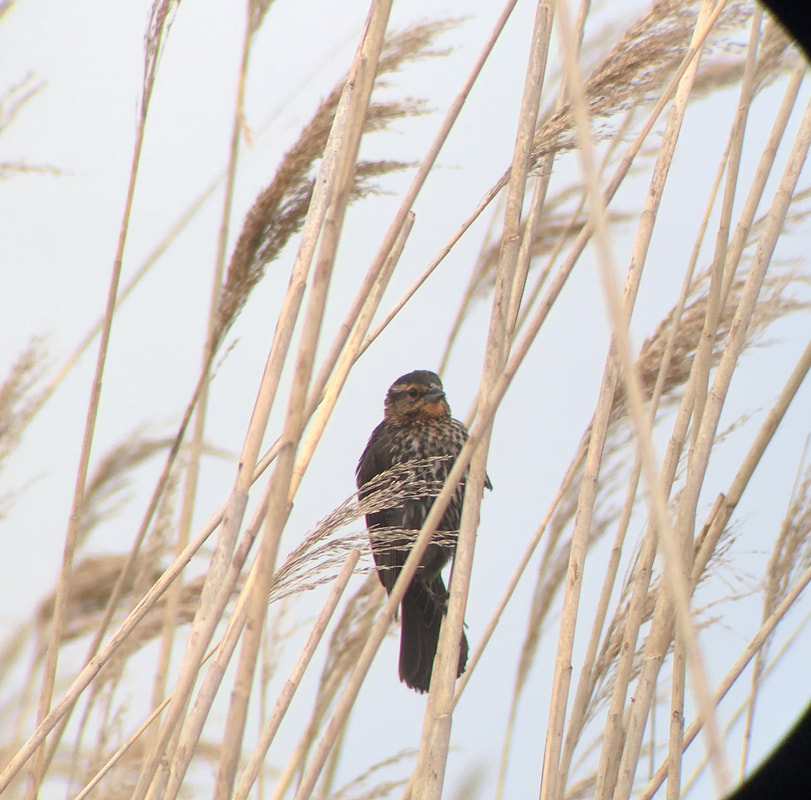
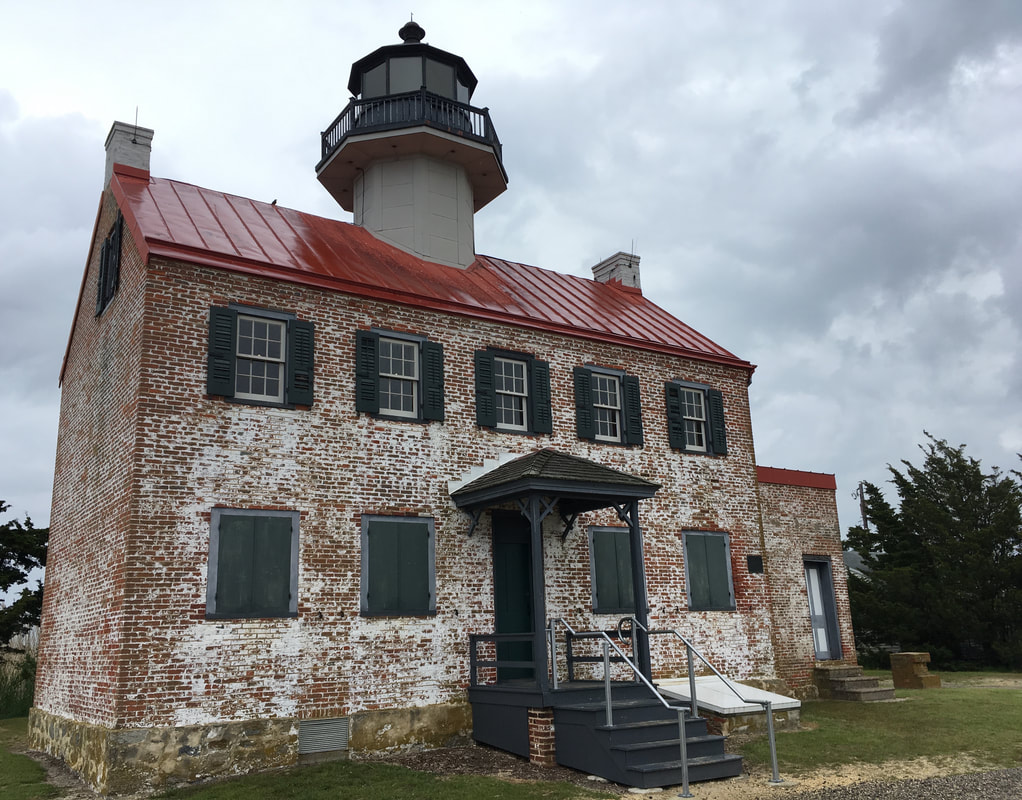
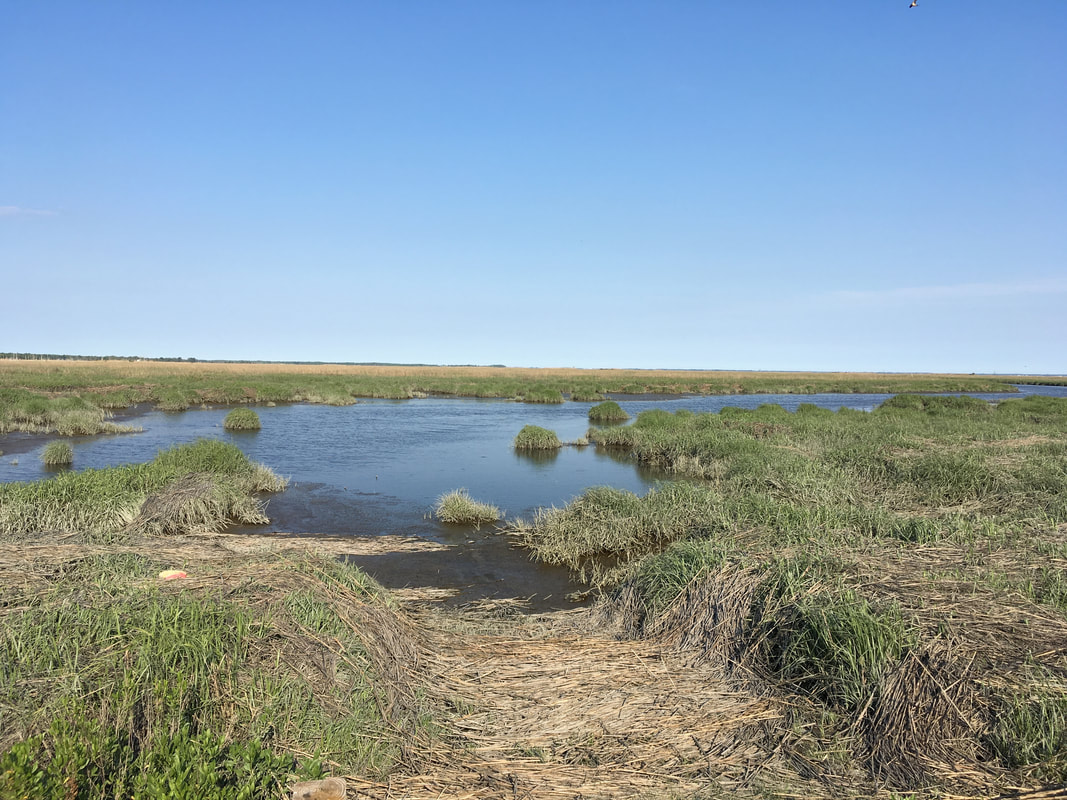
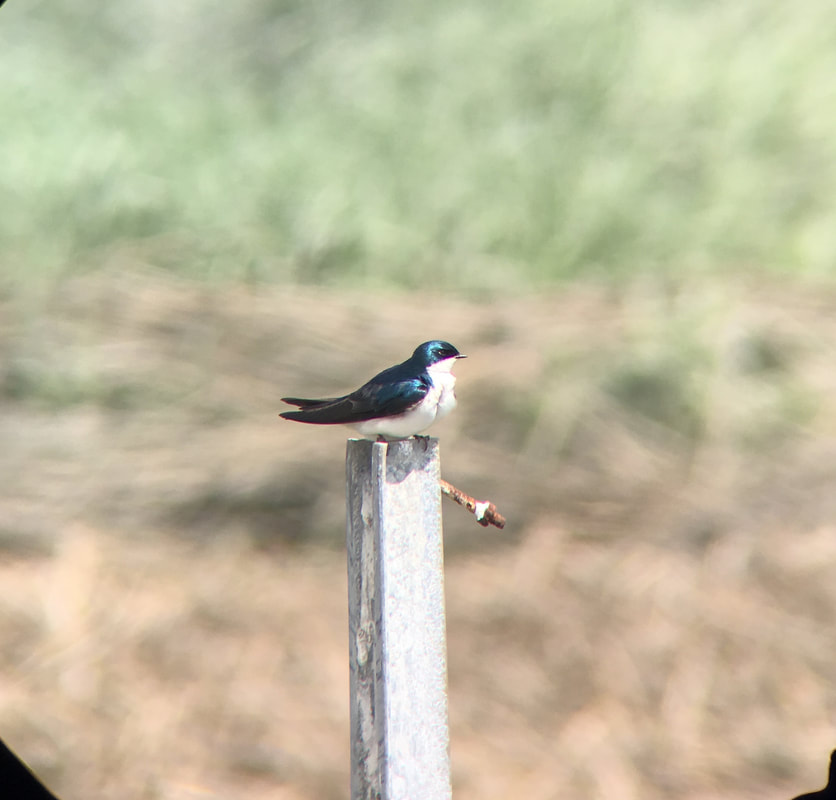
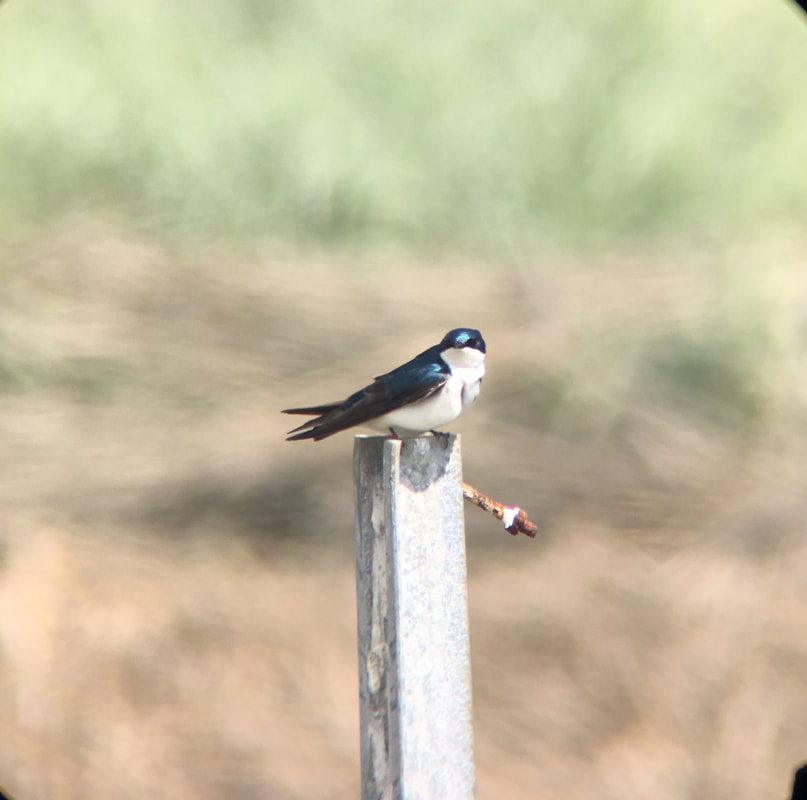
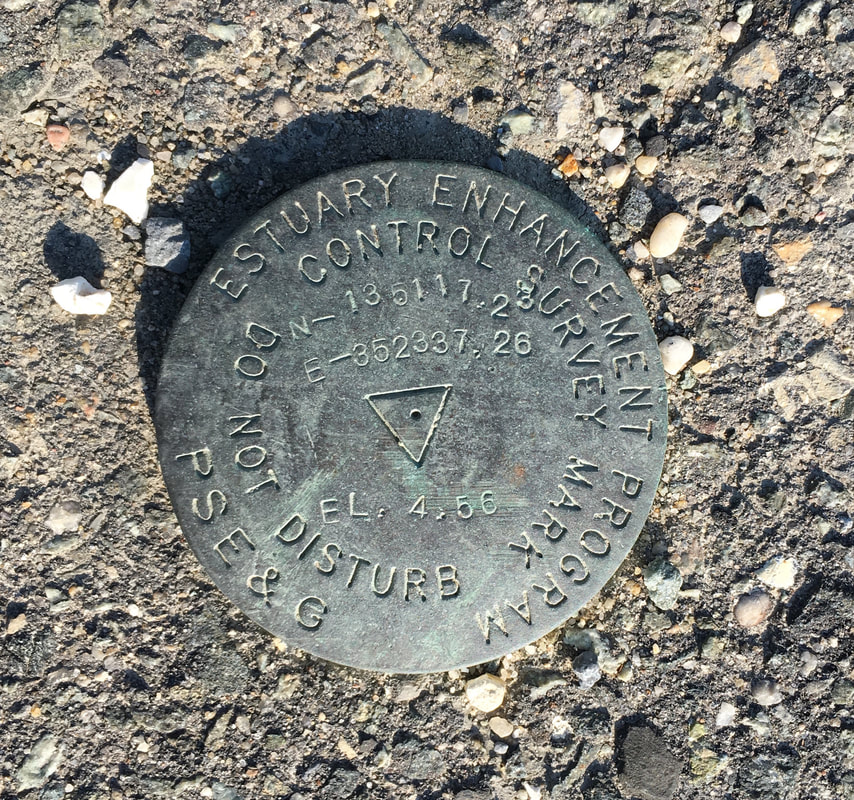
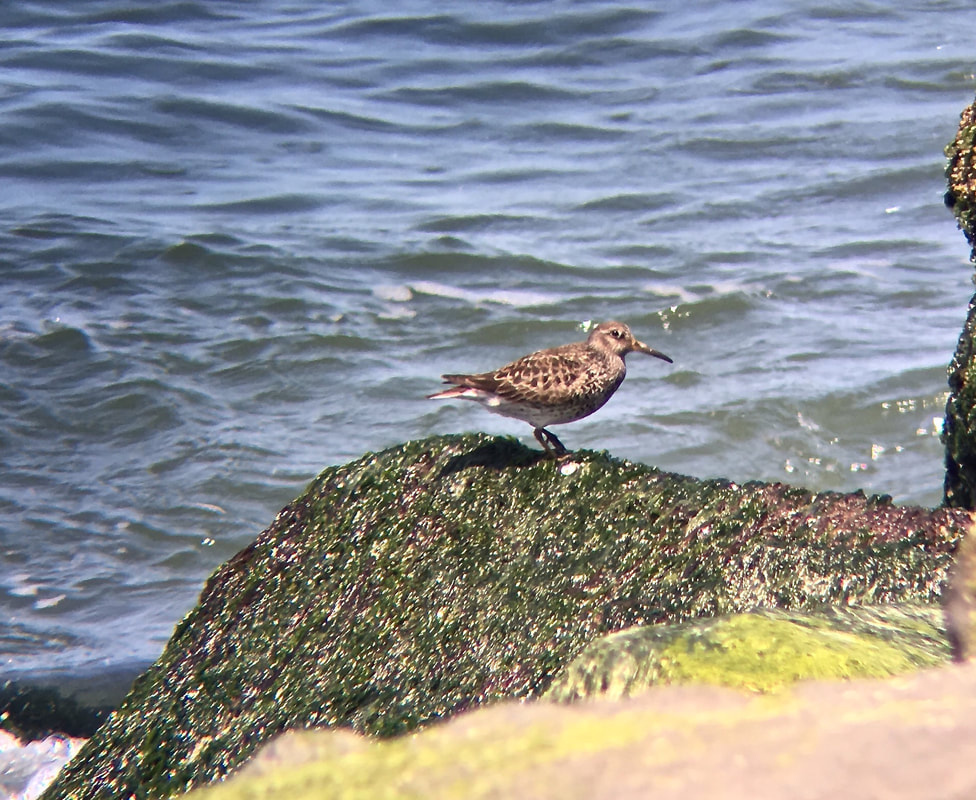
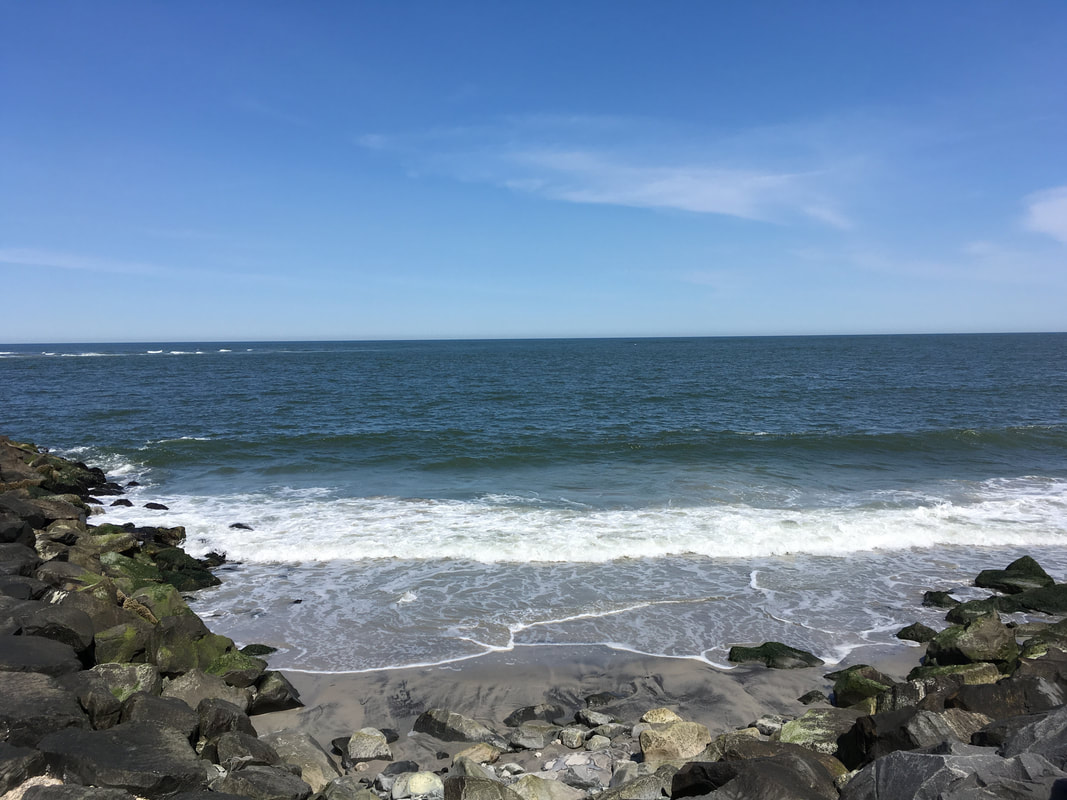
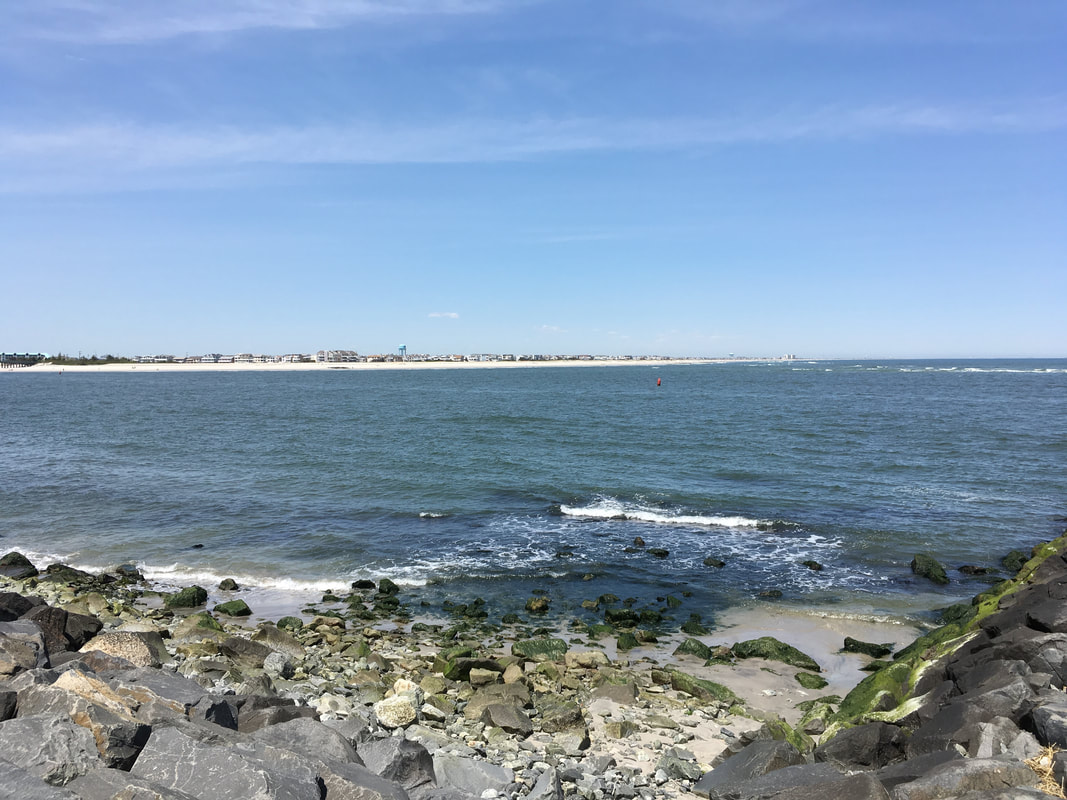
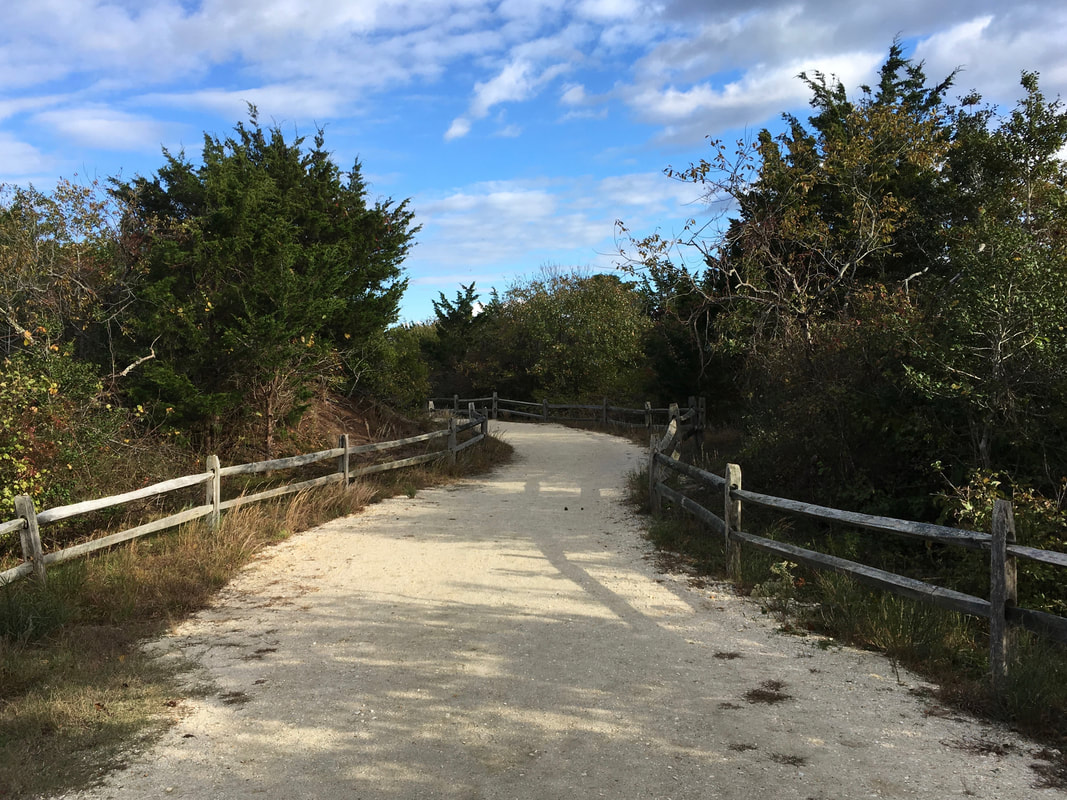
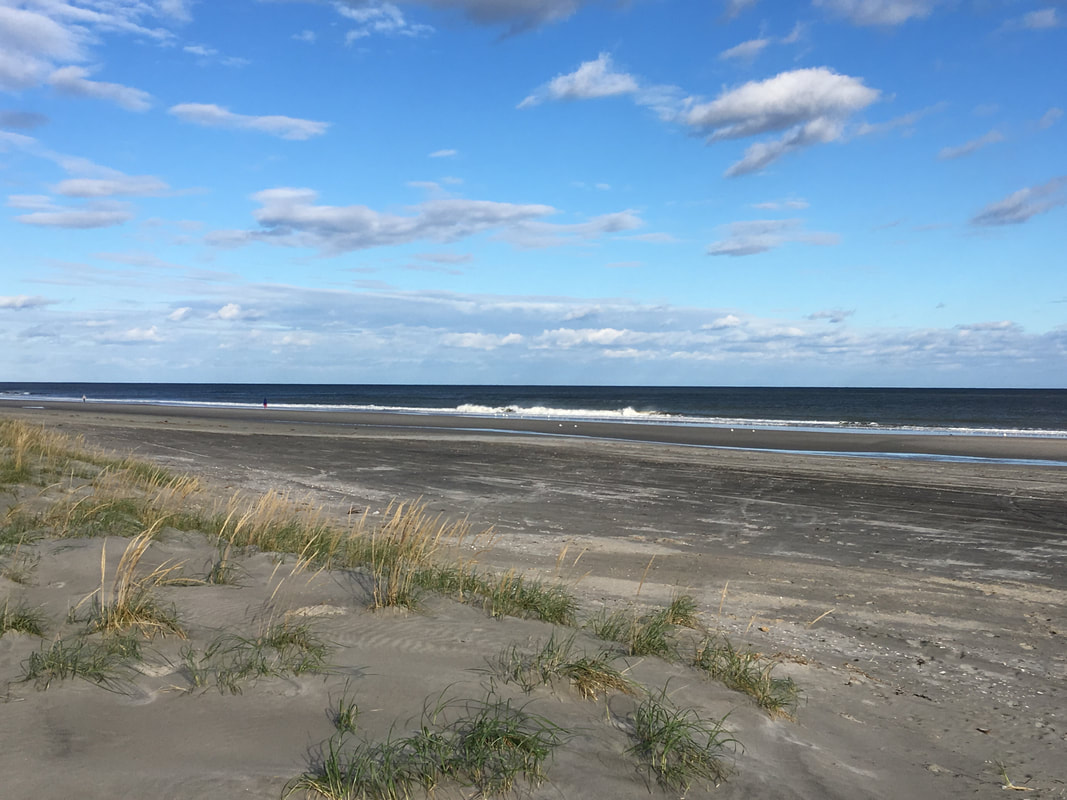
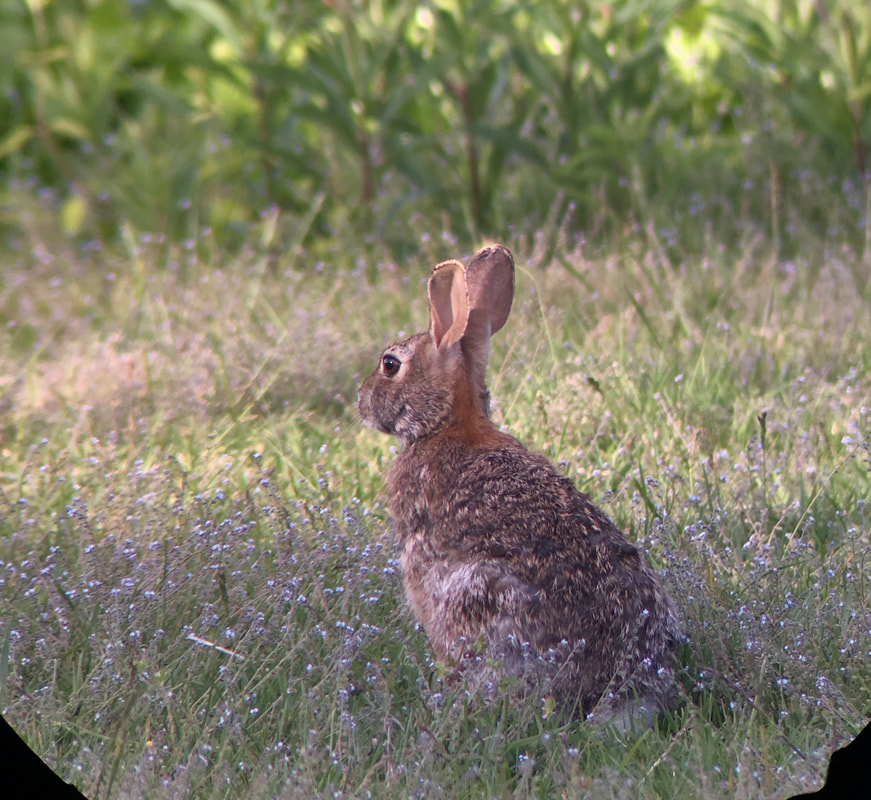
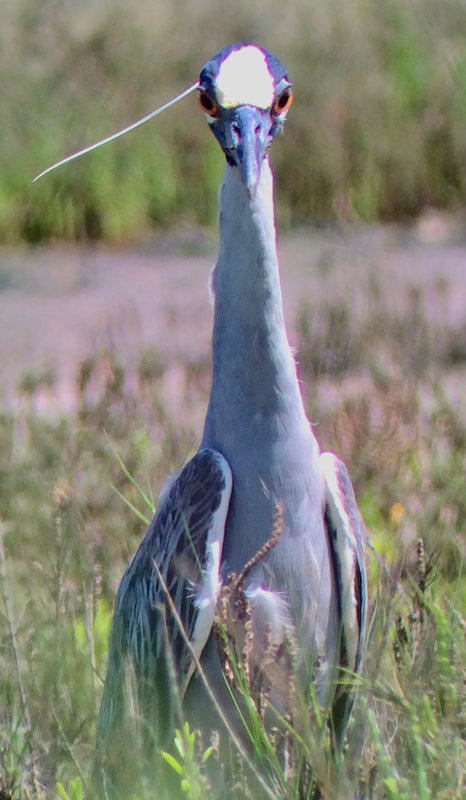
 RSS Feed
RSS Feed
